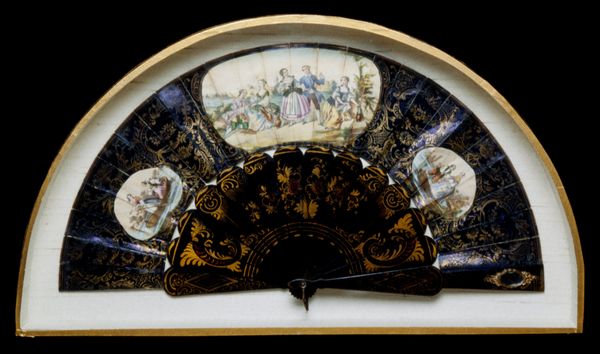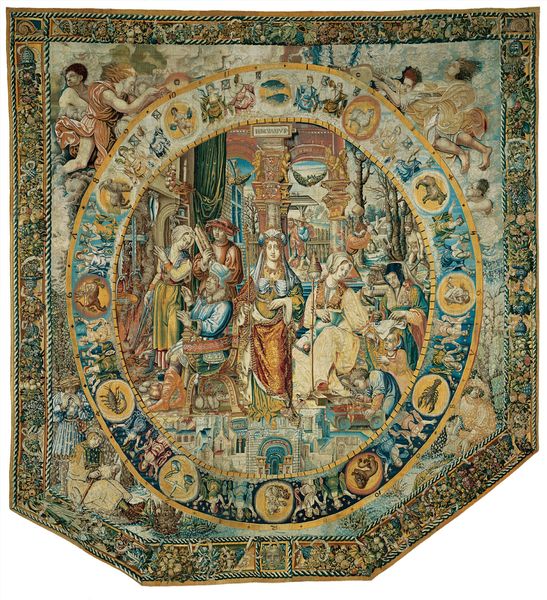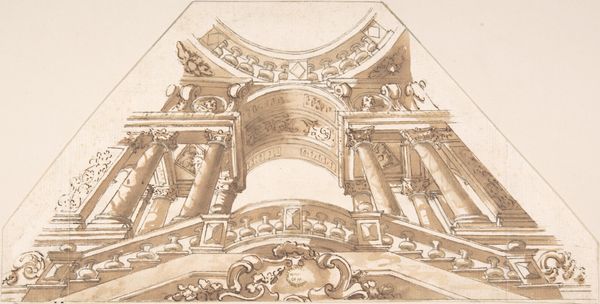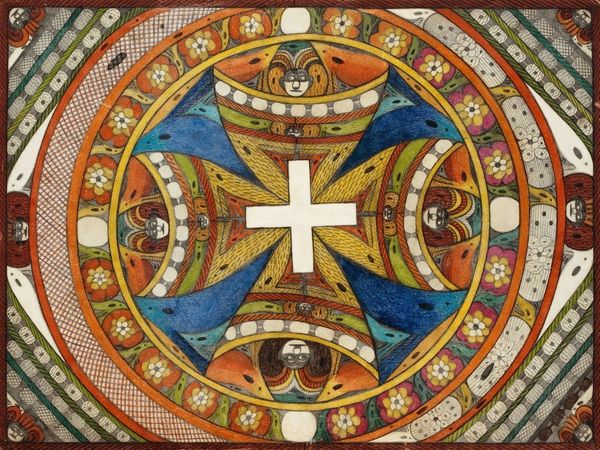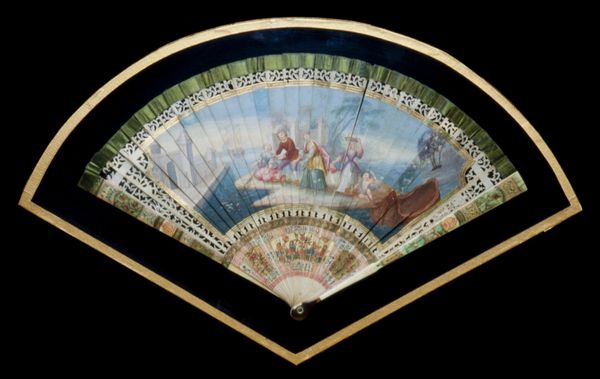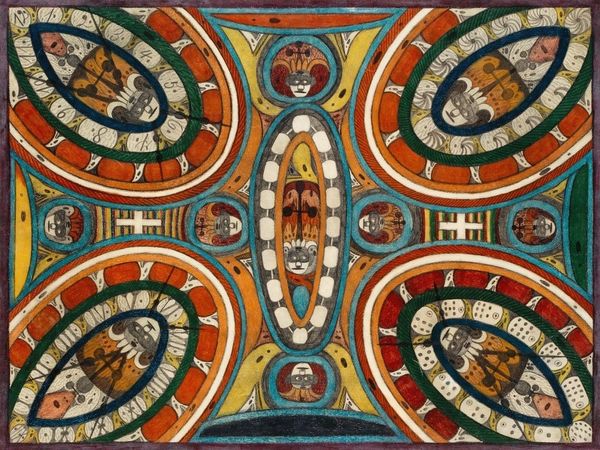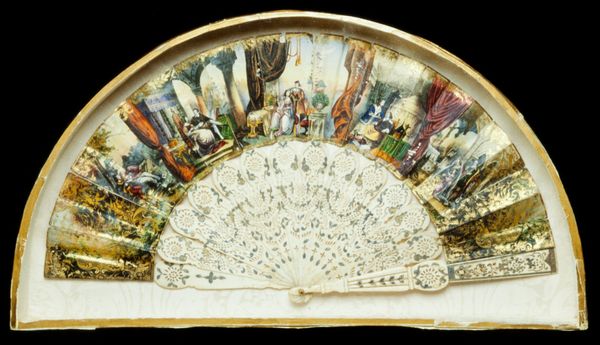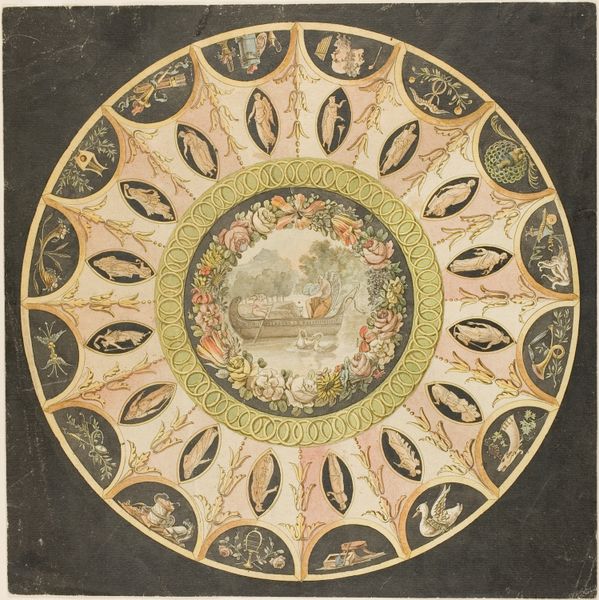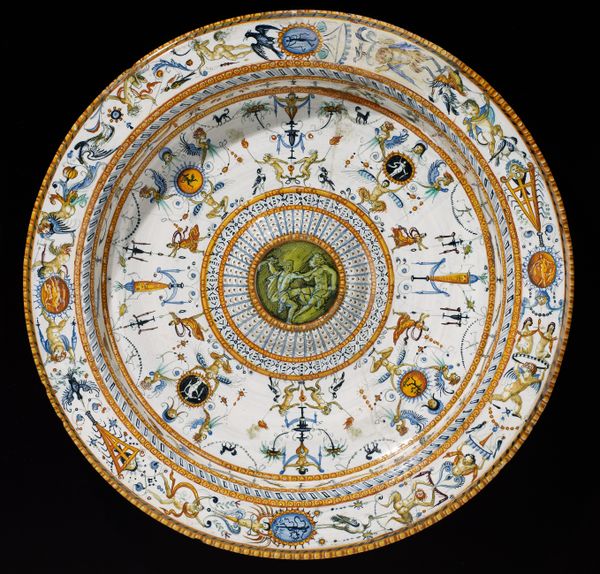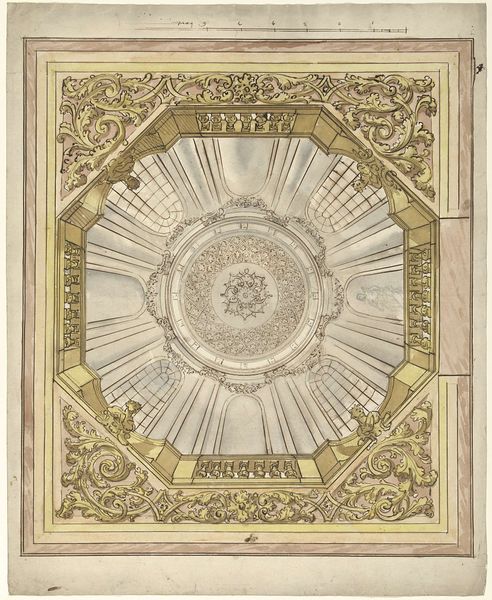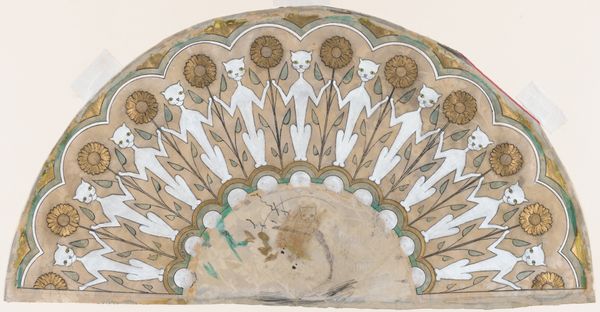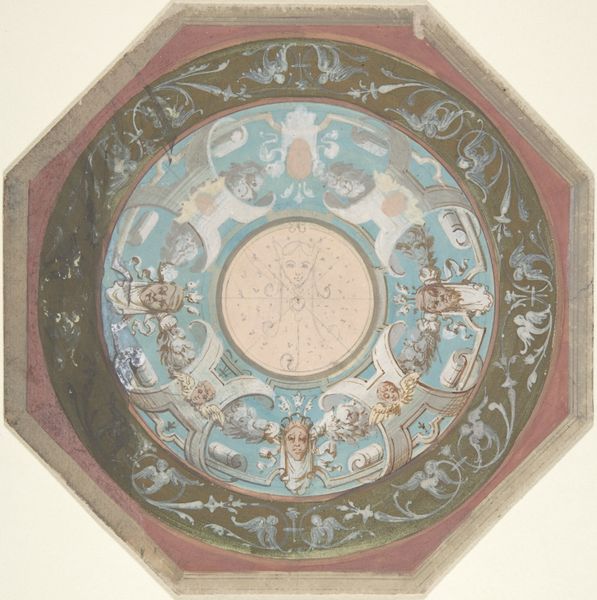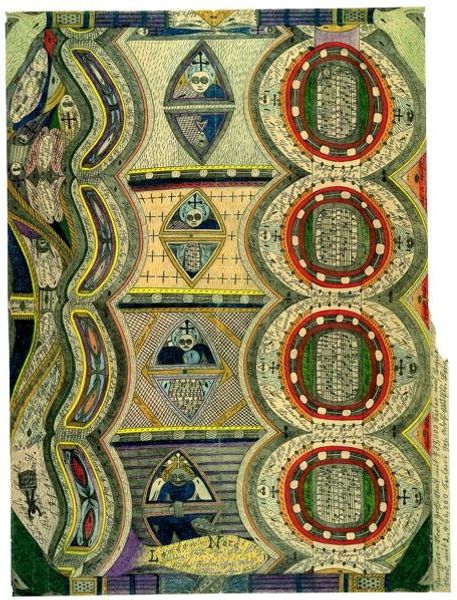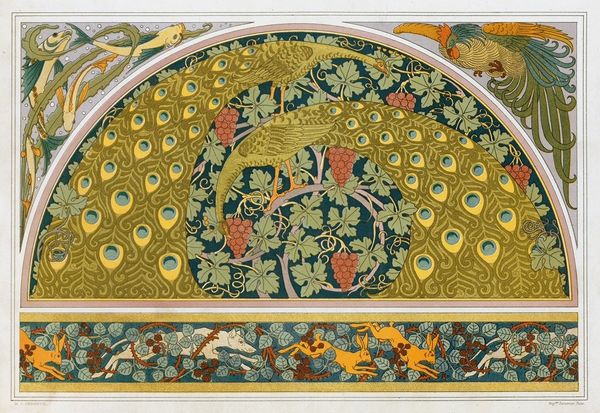
The Liturgical Vestments of the Order of the Golden Fleece - The Cope of Saint John 1442
0:00
0:00
textile
#
medieval
#
narrative-art
#
textile
#
christianity
#
costume
#
intricate pattern
#
history-painting
#
christ
Dimensions: 330 x 164 cm
Copyright: Public domain
Editor: We’re looking at the Liturgical Vestments of the Order of the Golden Fleece, specifically The Cope of Saint John, dating back to 1442, and believed to be by Robert Campin. What strikes me most is the intricacy of the piece, almost jewel-like. With such detail in the figures and patterns, it’s difficult to fathom it was created using textile as its medium. What can you tell me about its history? Curator: This cope is an incredible artifact that embodies both religious devotion and the complex social structures of its time. Commissioned for the Order of the Golden Fleece, a prestigious chivalric order, it served a clear performative function. Think about its role in public display: its commissioners would use its magnificent design to enhance their status and their piety in one fell swoop. The socio-political status of the order gave this liturgical vestment immense authority in 15th-century Europe. The choice of iconography and the exquisite craftsmanship speak volumes. Editor: It's interesting how this artwork operates on two levels simultaneously – religious and political, but where does the public come into this dynamic? Curator: Indeed. The Order of the Golden Fleece sought legitimacy and influence. The public, witnessing members adorned in such finery, were reminded of the Order’s power and divine sanction. Furthermore, the narrative scenes embroidered onto the cope reinforced the shared religious values and moral codes the Order wanted to promote to society at large. The images became part of a visual dialogue influencing the perception and behaviour of the audiences that interacted with it. What do you think of the distribution of religious images and what that implied about lay piety during this period? Editor: The sheer accessibility of these detailed depictions allowed more people to have a deeper and more profound relationship with religion. I've never quite thought about textiles as agents of cultural influence. It’s quite fascinating how this cope blends faith, power, and public perception into such a meticulously crafted garment. Curator: Absolutely. Looking at it through a historical lens opens up so many ways to appreciate the intertwined relationship between art, society, and religious beliefs.
Comments
No comments
Be the first to comment and join the conversation on the ultimate creative platform.
